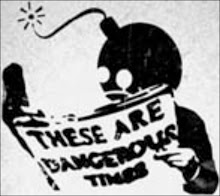Sandy Lundahl, a 50-year-old health educator, reported to the behavioral biology research center at the Johns Hopkins University School of Medicine one spring morning in 2004. She had volunteered to become a subject in one of the first studies of hallucinogenic drugs in the U.S. in more than three decades. She completed questionnaires, chatted with the two monitors who would be with her throughout the eight hours ahead, and settled herself in the comfortable, living-room-like space where the session would take place. She then swallowed two blue capsules and reclined on a couch. To help her relax and focus inward, she donned eyeshades and headphones, through which a program of specially selected classical music played.
The capsules contained a high dose of psilocybin, the principal constituent of “magic” mushrooms, which, like LSD and mescaline, produces changes in mood and perception yet only very rarely actual hallucinations. At the end of the session, when the psilocybin effects had dissipated, Lundahl, who had never before taken a hallucinogen, completed more questionnaires. Her responses indicated that during the time spent in the session room she had gone through a profound mystical-like experience similar to those reported by spiritual seekers in many cultures and across the ages—one characterized by a sense of interconnectedness with all people and things, accompanied by the feeling of transcending time and space, and of sacredness and joy.
DOH!










No comments:
Post a Comment